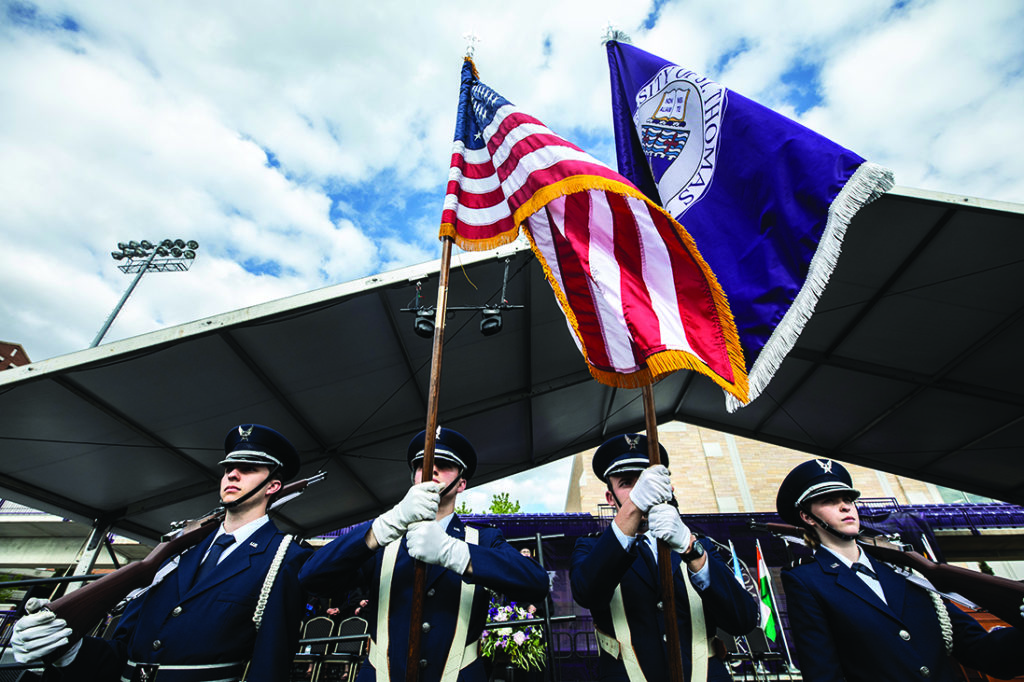Tyler Schipper, economics professor at the University of St. Thomas College of Arts and Sciences, recently spoke with the Star Tribune about Minnesota’s economy, following a new consumer spending report.

From the story:
The U.S. Bureau of Economic Analysis (BEA) reported consumer spending in Minnesota rose 8.3%, or about $302 billion, in 2022, mirroring the national trend of back-to-back years of growth after a decline in 2020. But signs point to a slowdown: The spending increase last year was lower than in 2021, both in Minnesota and nationally. Meanwhile, consumption is shifting from goods to services, a sector of the economy that ground to a halt at the height of the pandemic.
At the same time, the prices of essential goods and services that led to the August spending uptick – categories like housing, utilities, gas and health care – continue to climb and contribute to rising poverty. The Consumer Price Index (CPI) for all urban consumers increased 0.6% in August, largely because of rising gas prices, according to the U.S. Bureau of Labor Statistics.
“There is a legitimate case that, on average, people are doing better,” said Tyler Schipper, an associate professor of economics at the University of St. Thomas. But there are also a lot of people for whom that’s not the case, he said, and high prices for essentials like food and gas remain economic touchpoints for consumers.
“Many people are not sitting down and trying to look at the big macroeconomic picture,” Schipper said. “They are rightly concerned about their personal economies.”







